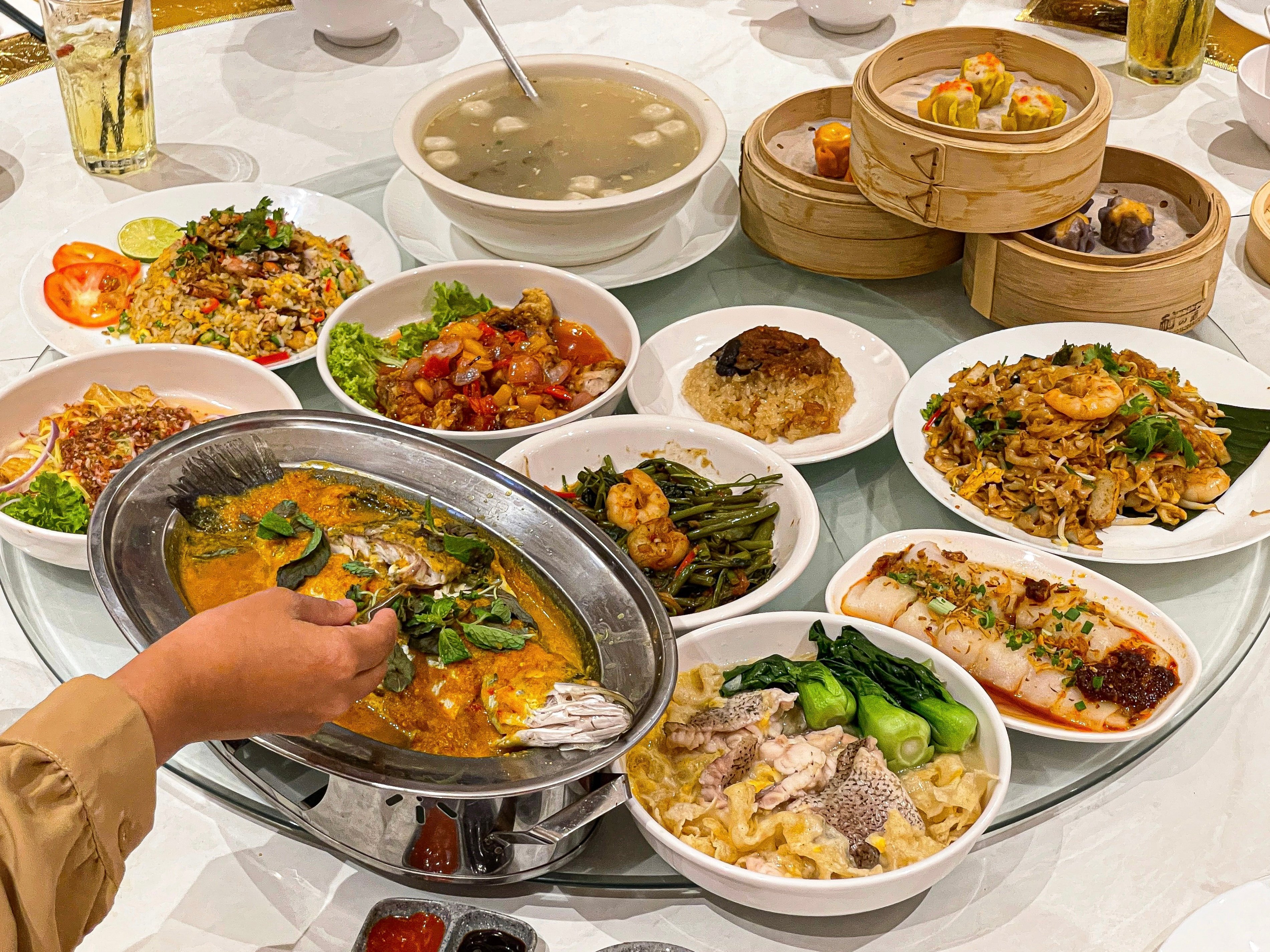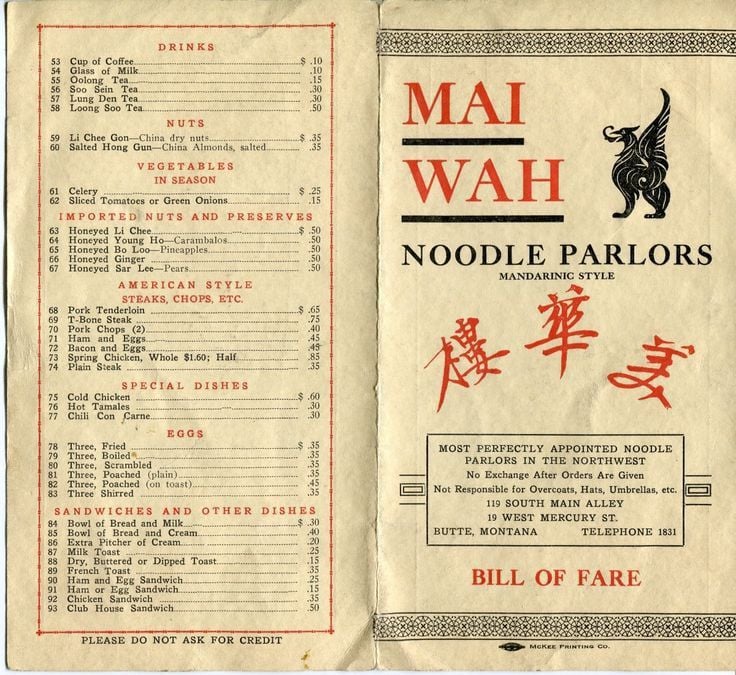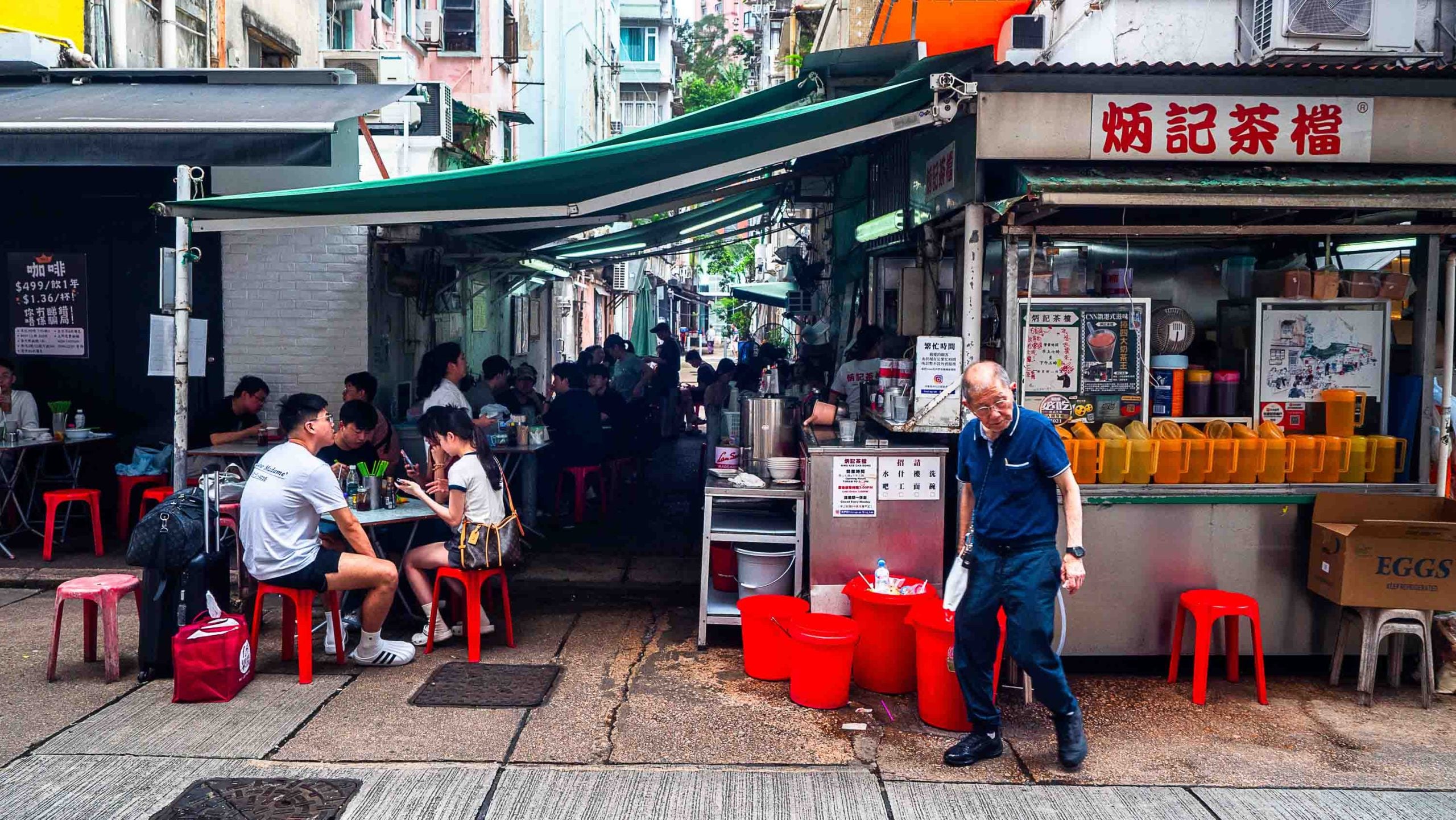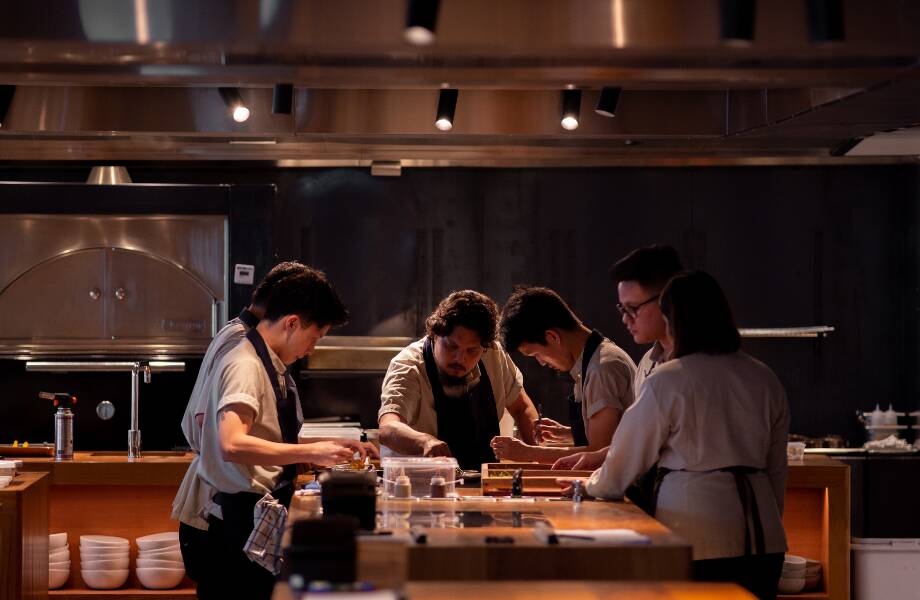From the hustle and bustle of Jakarta to Surabaya, halal Chinese food is expanding, reaching not only Chinese Indonesian Muslims, but also the Muslim community as a whole.
“In previous years, our Chinese New Year celebrations were largely centered around non-halal dishes. However, today, there is a significantly wider array of halal options available,” says Phoebe Shafa Fiorentina, a Chinese Muslim from Jakarta.
Fiorentina is among the approximately 36,000 Chinese Muslims in Indonesia, a community that constitutes just 1.2% of the country’s estimated 3 million people of Chinese descent. This, in turn, represents a fraction of Indonesia’s broader Muslim population, which stands at 234.9 million within a nation of 270 million. Coming from a multicultural family, she shares close ties with relatives who practice Catholicism and Buddhism, reflecting Indonesia’s rich tapestry of religious diversity.
In numerous Asian cultures, the question, “Have you eaten yet?” is more than just a casual greeting, as it reflects a deep sense of care and concern. This tradition highlights the profound role of food as a unifying force, fostering connections across racial and religious boundaries. Nowhere is this more evident than within Indonesia’s Chinese Muslim community, where shared meals help bridge cultural and spiritual differences.
Some Chinese Indonesians have embraced Islam later in life, while others have been raised in the faith from birth. Yet, despite their diverse religious journeys, they share a common cultural heritage and a deep appreciation for Chinese cuisine. However, many traditional Chinese dishes contain ingredients that are not permissible in Islam, presenting a challenge for Muslim Chinese Indonesians, especially during family gatherings, where food is both a cultural staple and a symbol of unity.
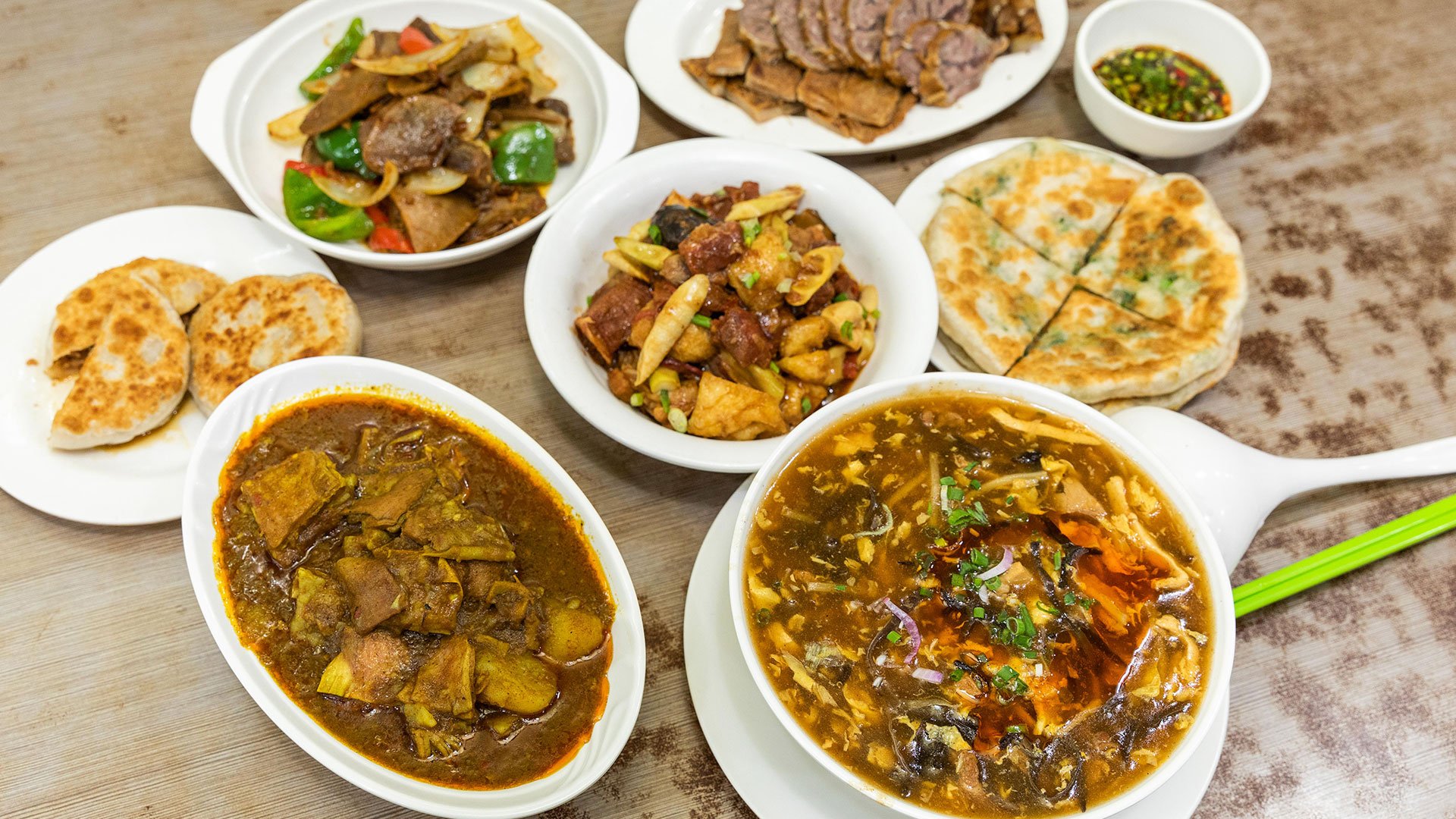
Fiorentina emphasizes that food remains a vital thread in maintaining her family bonds, especially during significant celebrations like Chinese New Year. Even today, her grandmother carefully separates utensils for halal and non-halal dishes, ensuring that dietary practices are respected. Among her favorite foods are skewers, and when opting for halal choices, she prefers beef or chicken as substitutes for pork.
“With the growing interest in halal Chinese cuisine, it could be especially appealing to other Muslim communities in Indonesia, as it offers them the chance to explore a wider range of Chinese dishes, including dim sum,” Fiorentina observes.
She adds that many of her favorite Chinese dishes originate from Cantonese cuisine, reflecting the rich culinary heritage that continues to evolve to accommodate halal dietary preferences.
Johannes Herlijanto, an anthropologist and sociologist from Jakarta specializing in Chinese-Indonesian communities, observes that recent converts to Islam often face various challenges in adapting to their new religious practices. In contrast, those who have been practicing for a longer time generally experience fewer difficulties. He further highlights that Chinese celebrations, which are often centered on food, play a crucial role in fostering a sense of unity and belonging within the community.
Herlijanto points out the rising popularity of halal Chinese cuisine in Indonesia, particularly dishes influenced by China’s Hui Muslim community. Among these, Lanzhou beef noodles have gained widespread recognition, with restaurants specializing in such fare opening in cities such as Jakarta and Malang. Additionally, the presence of halal food vendors is expanding, even in traditionally non-halal culinary hubs such as Chinatown and Glodok, reflecting the increasing demand for diverse yet religiously compliant dining options.

In Glodok, a neighborhood shaped by the rich interplay of Chinese, Indonesian, and Chinese Peranakan cultures, the latter referring to descendants of early Southern Chinese settlers in maritime Southeast Asia, many traditional Chinese dishes are being reinterpreted with halal-friendly ingredients. This adaptation reflects both the community’s evolving culinary landscape and the broader effort to make Chinese cuisine more accessible to Indonesia’s Muslim population.
Dumplings traditionally made with pork, for instance, are now being prepared with halal alternatives like chicken and prawn, ensuring they remain accessible to Muslim diners. Despite these modifications, the essence of Chinese culinary traditions is preserved, as these dishes continue to be cooked using authentic techniques, such as wok-frying, and flavored with staple ingredients like soy sauce, sesame oil, and a variety of traditional spices.
Researcher Hew Wai Weng highlights the distinct differences between Chinese Muslim communities in Indonesia and Malaysia. In Indonesia, a unique trend has emerged: an increasing number of non-Chinese individuals are establishing halal Chinese food businesses, ranging from small roadside vendors to larger, more established restaurants. This growing interest reflects the broader appeal of halal Chinese cuisine beyond the Chinese Muslim community itself.

Weng highlights Indonesia’s vast market for halal-certified businesses, which has led to a high proportion of certified restaurants across the country. Only a small number of vendors continue to sell non-halal food, as the overwhelming demand for halal options shapes the nation’s culinary landscape. This demand extends beyond domestic consumption, positioning Indonesia as the world’s largest importer of halal food.
According to the State of the Global Islamic Economy Report, Indonesia ranked as the top halal food importer within the Organization of Islamic Cooperation (OIC) in 2024. The country’s imports reached an impressive US$25.82 billion, surpassing other major importers such as Malaysia (US$22.74 billion) and Türkiye (US$21.98 billion).
Furthermore, cities including Surabaya have witnessed a significant rise in the number of halal Chinese restaurants. Data from the Surabaya City Industry and Trade Office reveals a 150% increase in halal-certified Chinese establishments over the past five years, growing from just 20 in 2018 to 50 by the end of 2023. This surge reflects the expanding demand for halal Chinese cuisine and the broader shift toward accommodating Indonesia’s predominantly Muslim consumer base.
He further observed that, unlike in Malaysia, where there is a distinct and sizable market for Chinese Muslims specifically seeking halal Chinese food, the situation in Indonesia differs due to demographic and culinary factors. In Malaysia, Malaysian Chinese cuisine is predominantly influenced by the culinary traditions of southern Chinese regions, meaning the dishes often remain closer to their original forms. As a result, a higher number of non-halal ingredients are traditionally used, creating a stronger demand for halal adaptations among Chinese Muslims in Malaysia.
“I think in Indonesia, a lot of Chinese food is already halal, so Chinese Muslims here don’t necessarily need to seek out restaurants that cater specifically to them,” Weng explained.
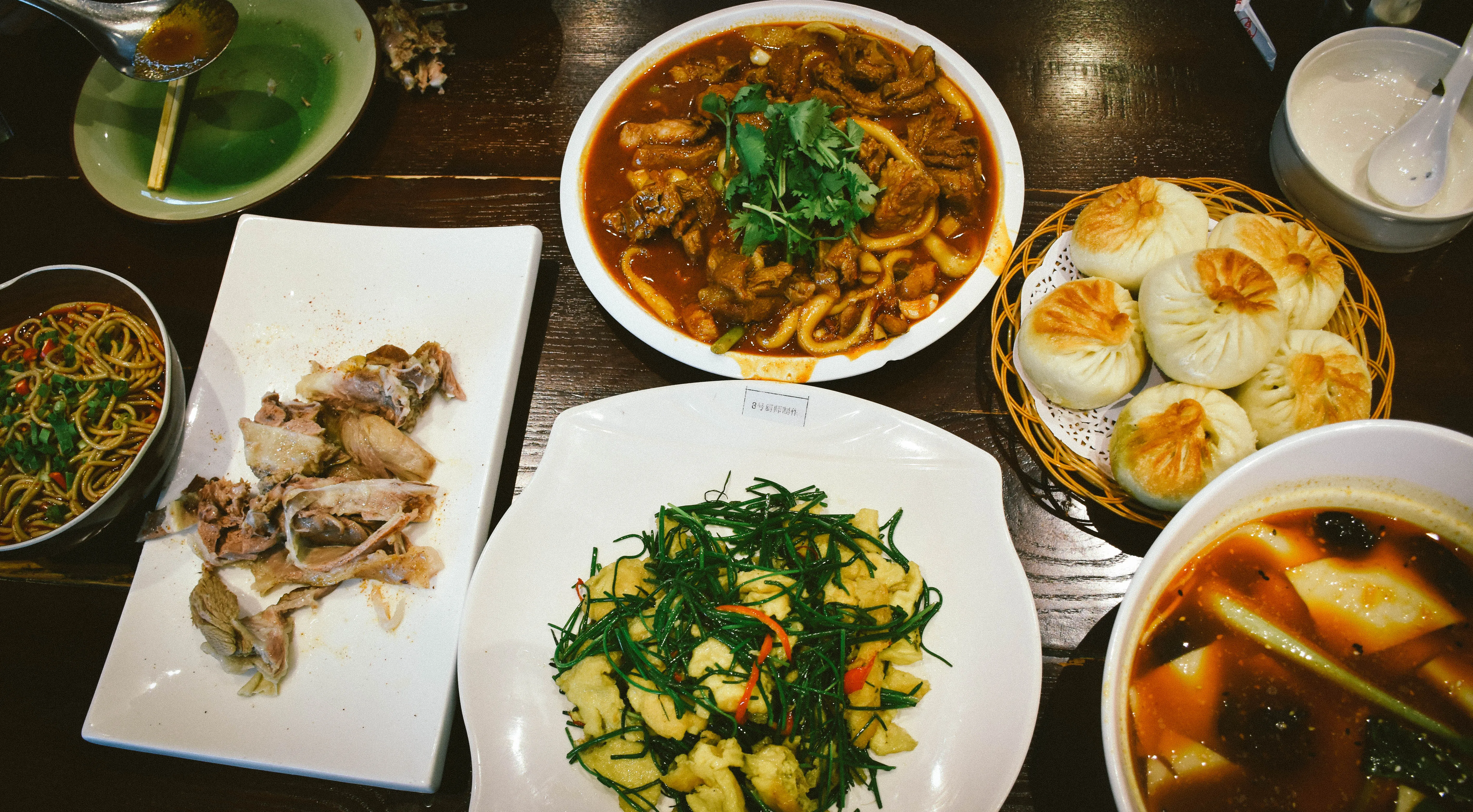
“Much of Chinese cuisine has already been adapted and made suitable for dietary preferences in Indonesia,” he added, highlighting how the widespread incorporation of halal ingredients has made Chinese food more accessible to the country’s Muslim majority.
Herlijanto shared a similar observation, noting that in Indonesia, Chinese food vendors are increasingly catering to non-Chinese communities, reflecting the evolving and inclusive nature of food trends. Supporting this shift, a study published in the Journal of Tourism Science found that 78% of Muslim respondents expressed interest in trying halal dim sum, indicating a growing market for those eager to explore fusion cuisine that aligns with their dietary preferences.
At the same time, the non-Muslim community has also shown significant interest, with 65% expressing a willingness to try halal food. This growing appeal across diverse backgrounds highlights halal cuisine’s increasing inclusivity, positioning it as a unifying culinary choice that transcends religious and cultural boundaries.
“At a certain point, it’s not only about embracing Indonesia’s multiculturalism but also about recognizing and responding to the market’s needs,” Herlijanto remarked.
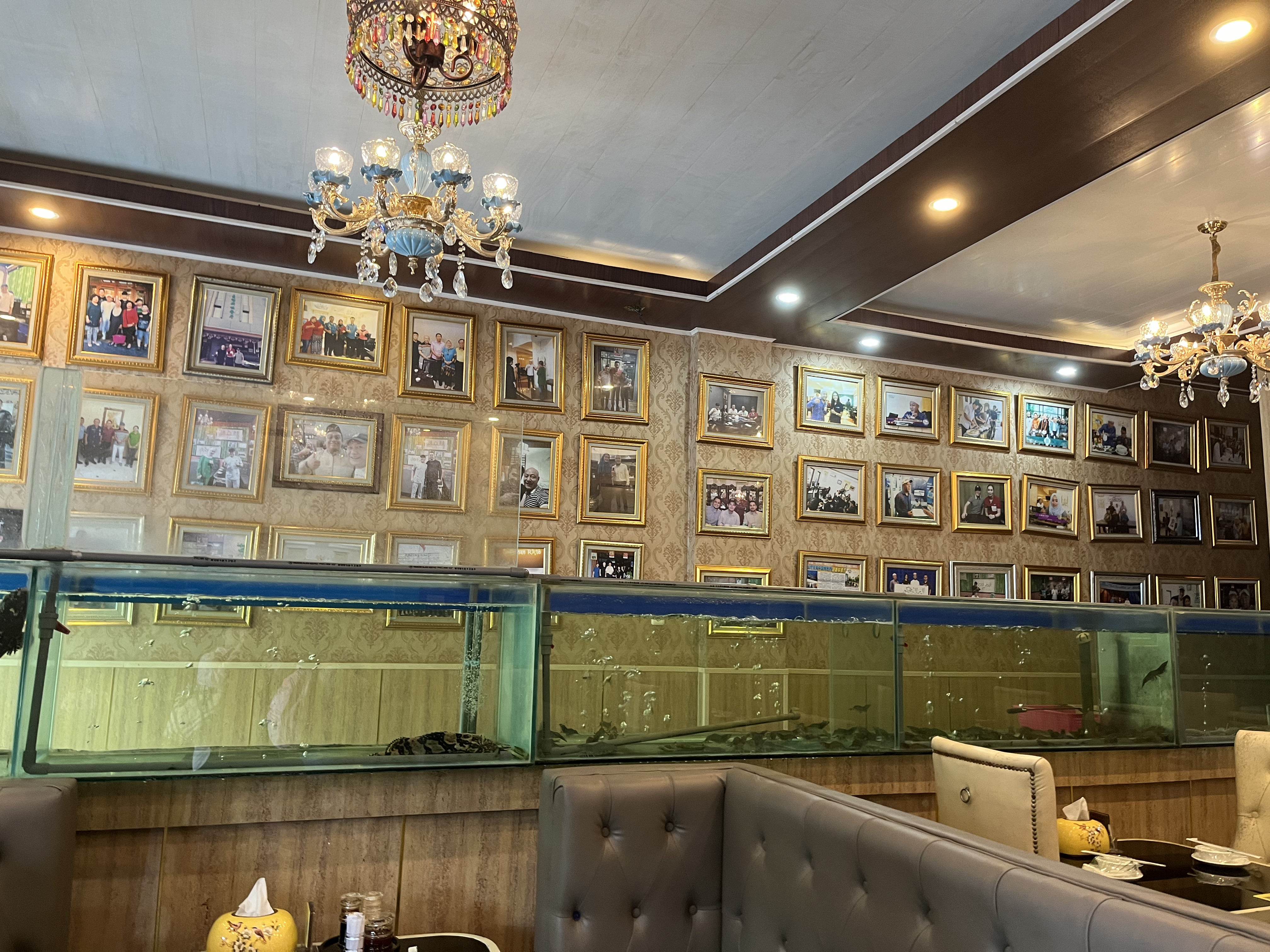
The journal further highlighted that halal Chinese food stalls are better aligned with market demands compared to their non-halal counterparts. Supporting this trend, the Surabaya Culinary Entrepreneurs Association reported that halal dim sum businesses experience an impressive average annual revenue growth of 25%, significantly outpacing the 15% growth observed in non-halal Chinese restaurants.
“The landscape has shifted considerably since the ‘80s and ‘90s. While the middle class was once predominantly composed of Chinese-Indonesians, it now includes a growing number of religious Indonesians who seek premium dining experiences,” he added.
The growing popularity of Chinese halal food is not only beneficial but also serves a greater purpose. Beyond bridging the cultural gap for Chinese Indonesian Muslims, it helps foster broader cultural connections across Indonesia, promoting inclusivity and shared culinary experiences.
“It’s an opportunity for Chinese people to enjoy their cuisine without concern, but it also means that when you have Chinese Indonesian Muslim friends, we can all share and enjoy these meals together,” Herlijanto said.
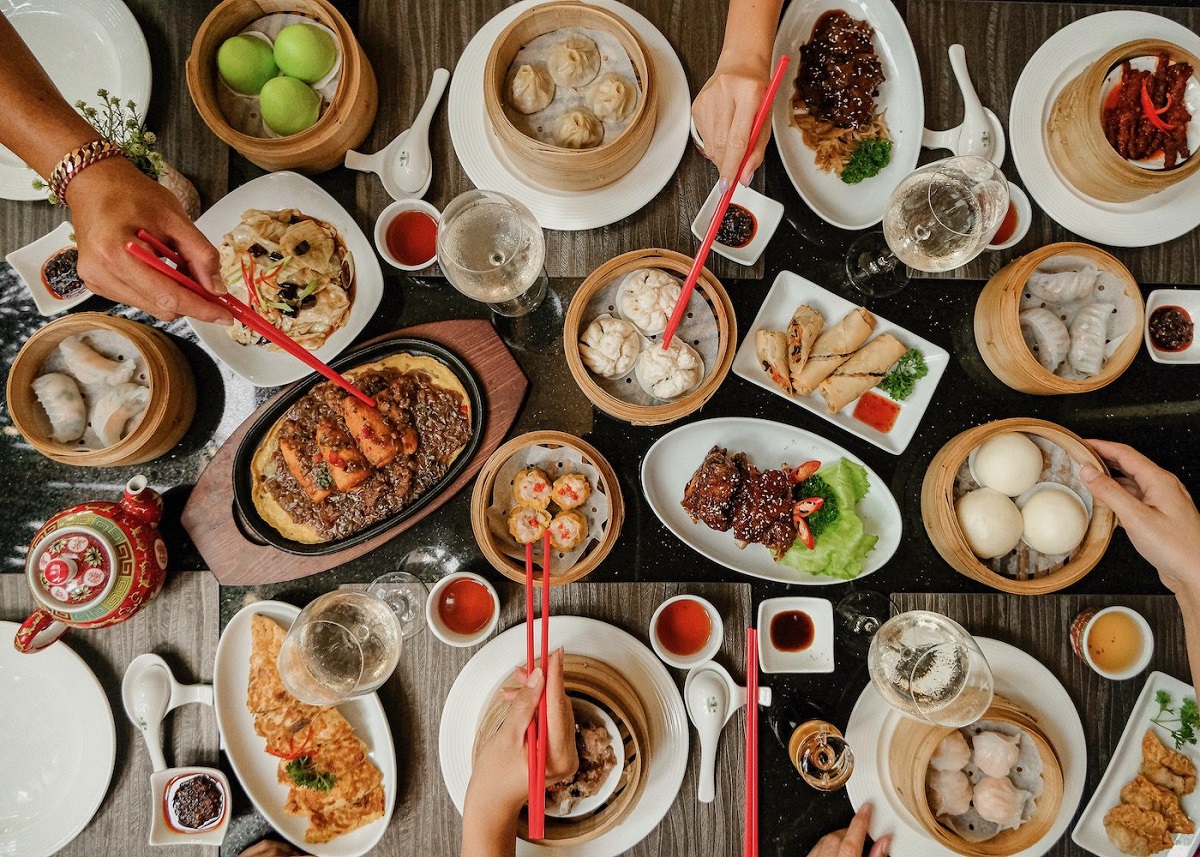
Cover image via Penang Foodie.

